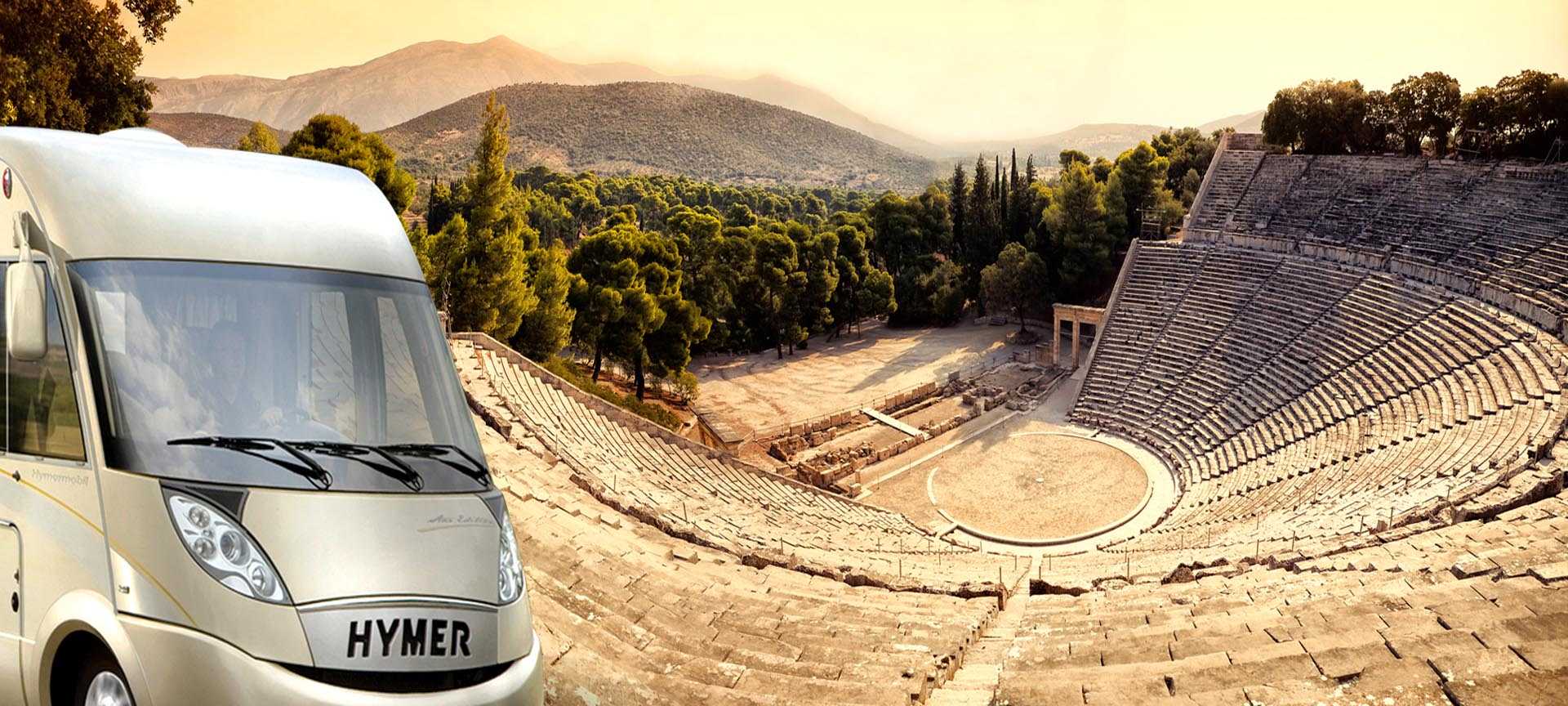For Christians, Corinth is well-known from the two letters of Saint Paul in the New Testament, First Corinthians and Second Corinthians.
Ancient Corinth was one of the largest and most important cities of Greece,
with a population of 90,000 in 400 BC. The Romans demolished Corinth in 146 BC, built a new city in its place in 44 BC, and later made it the provincial capital of Greece.
Acrocorinthis, the acropolis of ancient Corinth, is a monolithic rock that was continuously occupied from archaic times to the early 19th century. The city’s archaic acropolis, already an easily defensible position due to its geomorphology, was further heavily fortified during the Byzantine Empire as it became the seat of the strategos of the Thema of Hellas. Later it was a fortress of the Franks after the Fourth Crusade, the Venetians and the Ottoman Turks. With its secure water supply, Acrocorinth’s fortress was used as the last line of defense in southern Greece because it commanded the isthmus of Corinth, repelling foes from entry into the Peloponnesian peninsula. Three circuit walls formed the man-made defense of the hill. The highest peak on the site was home to a temple to Aphrodite which was Christianized as a church, and then became a mosque.
The American School began excavations on it in 1929.
Currently, Acrocorinth is one of the most important medieval castle sites of Greece.






